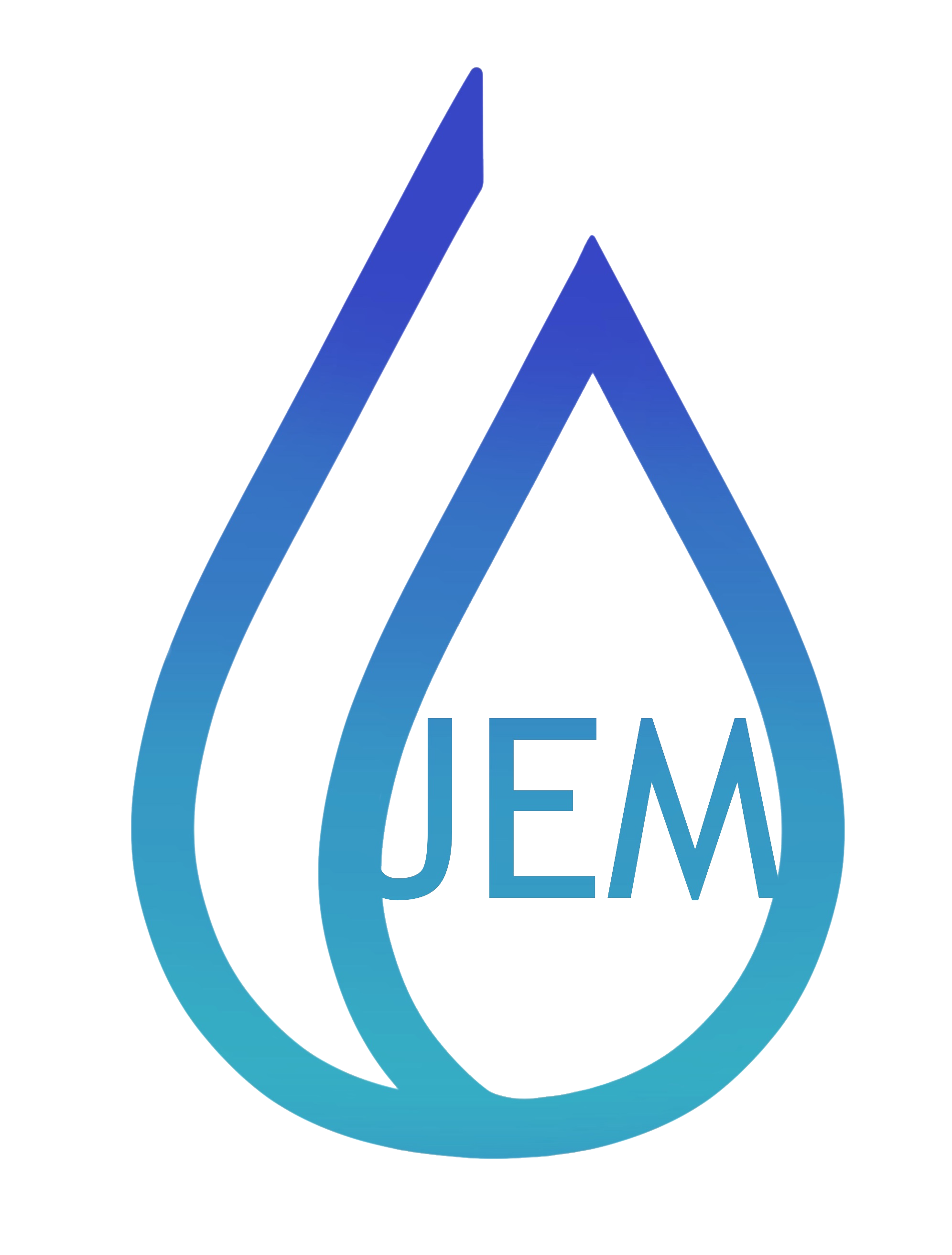Extreme heat can pose significant risks to employees working outdoors or in hot environments. As temperatures increase, employees must recognize the dangers of extreme heat and take necessary precautions to protect themselves.
Discussion Points:
- Dangers of working in extreme heat and humidity.
- OSHA Regulations and Requirements.
- Guidelines for working safely in extreme heat.
Discussion:
Working in extreme heat can be challenging and dangerous. Heat-related illnesses, such as heat exhaustion and heat stroke, can become life-threatening if not addressed promptly. Symptoms of heat exhaustion include fatigue, dizziness, nausea, and headaches. Heat stroke can lead to more severe symptoms such as confusion, seizures, and loss of consciousness. These conditions can be exacerbated by high humidity, poor air circulation, and intense physical exertion.
OSHA’s Safety and Health Regulations require employees be provided with safe working conditions. You must be aware of these regulations during your training sessions. Throughout the training, you will learn about precautionary measures for working in extreme heat, including recognizing health risks associated with your job and ways to prevent injuries and illnesses. Training will be conducted through eComply® and reinforced annually through toolbox talks and other safety meetings.
To ensure your safety and well-being while working in extreme heat, it is essential to follow these guidelines:
- Monitor weather conditions, stay informed about temperature and heat index, and adjust the work schedule accordingly.
- Schedule work during the cooler parts of the day, such as early morning or evening, to avoid the peak heat.
- Drink plenty of water throughout the day, even if you do not feel thirsty. Avoid sugary and caffeinated drinks, and alcoholic drinks, as they can lead to dehydration. Dehydration can quickly lead to heat-related illnesses, so it is crucial to continuously drink water to keep your body cool and functioning properly.
- Take frequent breaks in a shaded or air-conditioned area to cool down and rest. Avoid overexerting yourself in the heat. Working for extended periods in high temperatures strains the body and increases the risk of heat-related illnesses.
- Wear lightweight, loose-fitting clothing that is light in color to reflect the sun’s rays.
- Apply sunscreen with at least SPF 30 to any exposed skin and reapply every two hours to protect against sunburn and skin damage.
- Use cooling aids, such as fans, cooling towels, or other cooling devices to help regulate body temperature.
- Know the signs of heat-related illnesses such as dizziness, nausea, headaches, and confusion. If you experience any of these symptoms, seek medical attention immediately.
- Use the buddy system, work with a partner to monitor each other for signs of heat illness.
- Inform your supervisor if you are feeling ill or experiencing symptoms of heat-related illness.
- Be familiar with the emergency procedures for heat-related illnesses and know whom to contact in an emergency.
Follow these guidelines to maintain health and safety while working in extreme heat. You can continue performing your duties safely and effectively by taking proactive steps to stay cool and hydrated.
Remember, safety is everyone’s responsibility. Stay safe and stay cool!
As always, stay safe out there!


Recent Comments